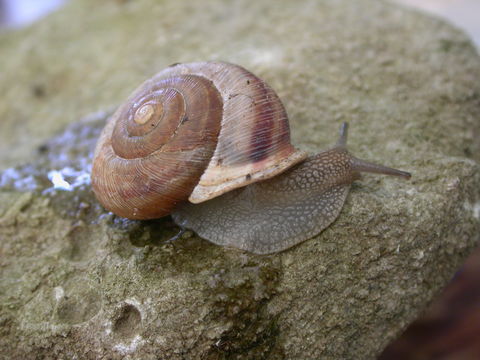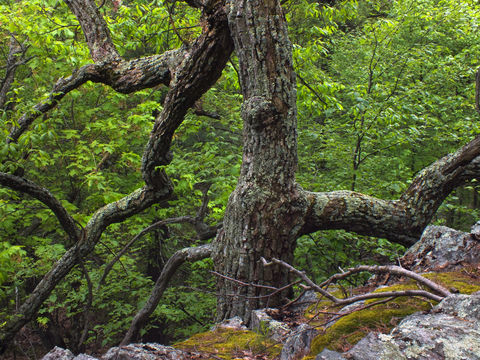
Habitat
What is known about Mesodon elevatus is that they can be found in numerous wetland forests. The only condition these forests must contain in order for it to be a suitable environment for Mesodon elevatus are the types of trees and the leaves they contain (Dourson, 2010). Since snails typically live on the ground, they need these trees to grow very large and broad leaves to not only feed off of when the leaves fall to the ground, but also protection (Dourson, 2010). Not only can Mesodon elevatus found in these forests, but they have also been spotted in caves near these wooded areas as well (Dourson, 2010).
Mesodon elevatus is not the most popular specie there is within the family Polygyridae. Since their is limited resources for specific habitat of Mesodon elevatus, to get a bigger picture of where they came from, we can take a closer look at the family Polygyridae and learn more about the habitat they live in.
Polygyridae tend to be seen all around the globe in a
variety of different climates. They range from places with cold weather
like Alaska to the tropics down south. The main component that
really matters within each location is the humidity level each one has
(Burach, 1962). Polygyridae tend
to migrate towards areas that have a high humidity level, because the
vegetation is usually greater making more sources to feed of off and
along with that, Polygyridae typically lay eggs in this humid weather
because of the higher chance they have of survival
(Hickman et al. 2009). Humidity is not the
only factor that matters though, Polygyridae also are most likely to be
found in
 woodlands
with large broad leaves. They have a tendency to live on ground level or
near ground level, with the exception of slugs that burrow down into the
soil sometimes (Evans & Garrison, 2004).
woodlands
with large broad leaves. They have a tendency to live on ground level or
near ground level, with the exception of slugs that burrow down into the
soil sometimes (Evans & Garrison, 2004).
As for their physical location, Polygyridae have been spotted specifically in Valleys in Oregon and British Columbia, along with heavily vegetated areas of Washington (Steensma, 2009). Since 2002, Polygyridae have been watched especially their habitat. Researchers are finding that they are populated near urban areas with agriculture maturity and high humidity levels (Steensma, 2009).
Go Home Next: Adaptation
